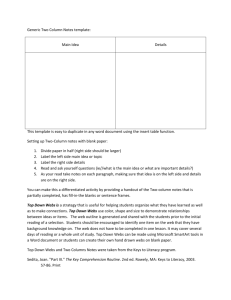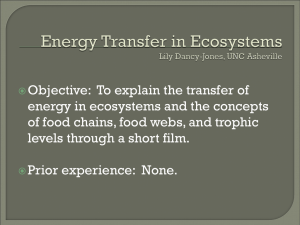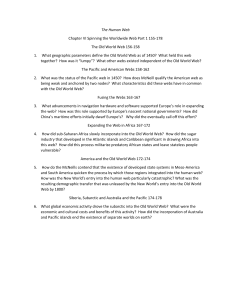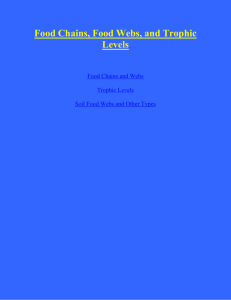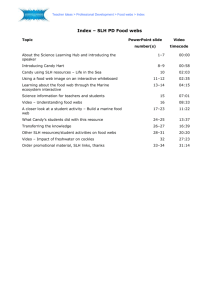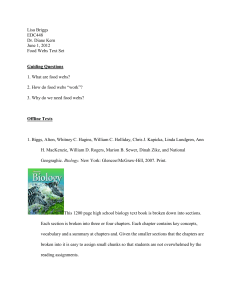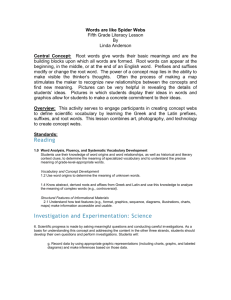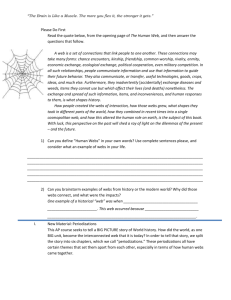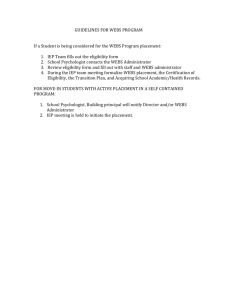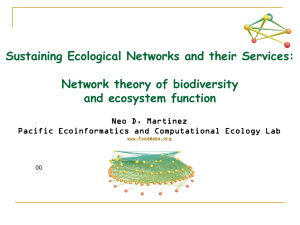EEBB Seminar ***** Kevin McCann Department of Integrative
advertisement
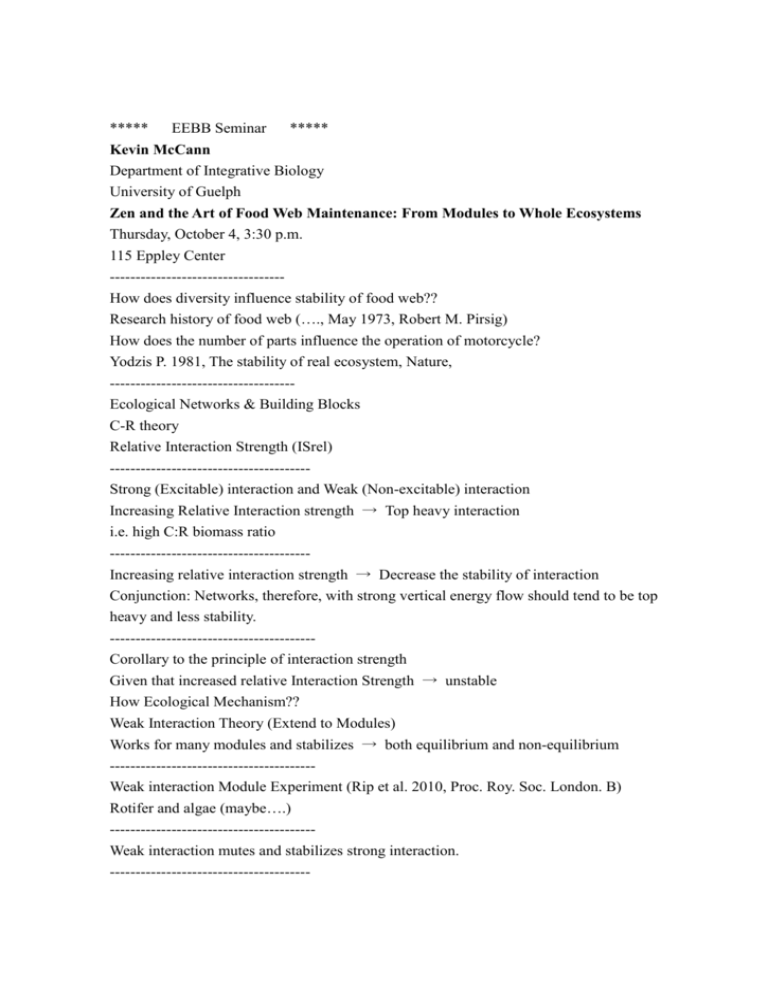
***** EEBB Seminar ***** Kevin McCann Department of Integrative Biology University of Guelph Zen and the Art of Food Web Maintenance: From Modules to Whole Ecosystems Thursday, October 4, 3:30 p.m. 115 Eppley Center ---------------------------------How does diversity influence stability of food web?? Research history of food web (…., May 1973, Robert M. Pirsig) How does the number of parts influence the operation of motorcycle? Yodzis P. 1981, The stability of real ecosystem, Nature, -----------------------------------Ecological Networks & Building Blocks C-R theory Relative Interaction Strength (ISrel) --------------------------------------Strong (Excitable) interaction and Weak (Non-excitable) interaction Increasing Relative Interaction strength → Top heavy interaction i.e. high C:R biomass ratio --------------------------------------Increasing relative interaction strength → Decrease the stability of interaction Conjunction: Networks, therefore, with strong vertical energy flow should tend to be top heavy and less stability. ---------------------------------------Corollary to the principle of interaction strength Given that increased relative Interaction Strength → unstable How Ecological Mechanism?? Weak Interaction Theory (Extend to Modules) Works for many modules and stabilizes → both equilibrium and non-equilibrium ---------------------------------------Weak interaction Module Experiment (Rip et al. 2010, Proc. Roy. Soc. London. B) Rotifer and algae (maybe….) ---------------------------------------Weak interaction mutes and stabilizes strong interaction. --------------------------------------- Towards Whole Food Webs General approach: Employ random constructed matrices that have base building block (C-R) aligned with ecological models. Specific: Unfold Implications of “symmetry property” often assumed in matrix theory (e.g. Sommers et al. 1988) (Gellner & McCann, in prep??) Weak to intermediate stabilization followed by destabilization of network except for the degenerate symmetry case (f = 1) ----------------------------------------Randomly assembled high diversity webs Perfect Symmetry Interaction strength (f = 1) (Allesina & Tang 2012) Genetic Interaction Strength Experiments (f < 1) -----------------------------------------Whole food webs Statistical mechanics of food webs suggest that random webs boil down to behave like a “mean C-R interaction module” So, strong interactions are destabilizing ------------------------------------------Longstanding argument: Aquatic vs. Terrestrial ecosystem Predictions: Aquatic pyramids should have higher predator: prey biomass and should be more variable (less stable). i) higher herbivore, resource biomass ii) should be less stable (more variable) (Rip & McCann 2011, Ecol. Lett.) -------------------------------------------Summary i) Increasing the flux thru an interaction relative to its loss rate tends to destabilize it (Note: perfect symmetry case different) ii) Any biological mechanism that inhibits flux of strong excitatory interactions tends to stabilize it.
